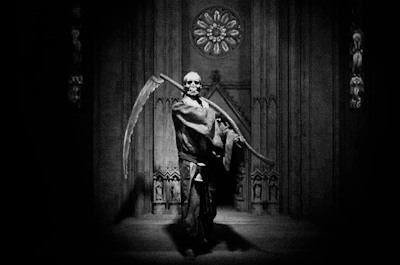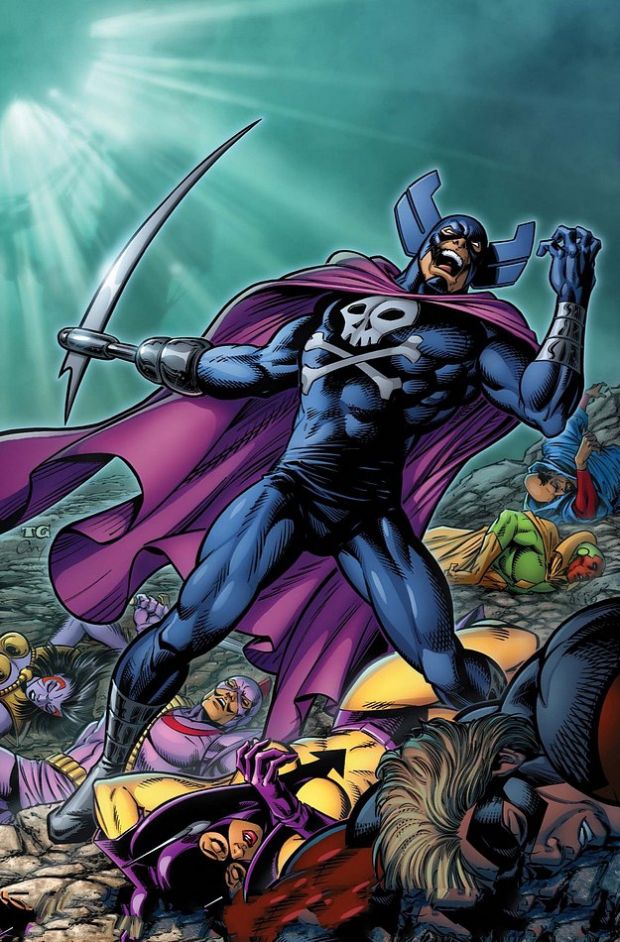

According to the Book of Genesis, God created Adam and Eve to take care of the world He had created and to populate the Earth. The fall of Adam and Eve is the classic example, chronicled in the Bible. In almost all cultures and religions, humans were first created as immortal beings who fell from their state of perfection. Before you can have the Grim Reaper - a personification of death - you have to have death itself. And for the Grim Reaper, the beginning can be found in the creation myths present in all cultures. As Lewis Carroll once said, it's best to begin at the beginning. When we're done, you'll know who the Grim Reaper is (should you spy him lurking by your deathbed), how he works and, most important, why he exists at all.

We'll also examine how painters, writers and filmmakers have portrayed the Reaper in their works. We'll address all of these questions on the next few pages. We'll look at the origin of the Grim Reaper, the symbolism associated with his form and figure, and how he's represented in other cultures. But why did humans feel compelled to make the Grim Reaper, well, so grim? Why not make him a friendly and helpful guide to the underworld? And why, for that matter, does he have to be a guy?

Ultimately, this is the "job" of the Grim Reaper - to put a human face on the concept of death. It may not be a pleasant image, but it is clear and unmistakable. When it does, he collects the soul with a well-practiced cut of his razor-sharp blade. He comes for every person, hourglass in hand, waiting for the last grain of sand to fall. We all know exactly who he is and what he wants. The scythe is an apt image taken from agricultural practices of the time: harvesters used scythes to reap or harvest crops that were ready to be plucked from the earth…and, well, that’s kind of what happens when humans die: they are plucked from this earth.Enter the Grim Reaper, the black-cloaked, scythe-wielding personification of death. The robe is thought to be reminiscent of the robes that religious figures of the time wore when conducting funerary services. So, clearly, death was something that the surviving Europeans had on their mind, and it is not surprising that they conjured an image to represent it.īut why the skeletal figure? Why the scythe? Why the robe? Skeletons are symbolic of death, representing the human body after it has decayed. The original outbreak of the plague occurred during 1347–51, and outbreaks then recurred several other times after that. It is estimated that about one-third of Europe’s entire population perished as a result of the pandemic, with some areas of the continent suffering far greater losses than others. It was during this time that Europe was dealing with what was then the world’s worst pandemic, the Black Death, believed to be the result of the plague. The Grim Reaper seems to have appeared in Europe during the 14th century. But how and when did this imagery come to be associated with death? One of the most common and enduring of these is the Grim Reaper-usually a skeletal figure, who is often shrouded in a dark, hooded robe and carrying a scythe to “reap” human souls.
Grim reaper scythe gif how to#



 0 kommentar(er)
0 kommentar(er)
